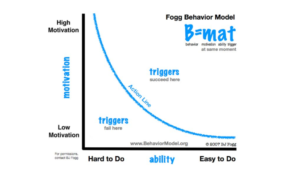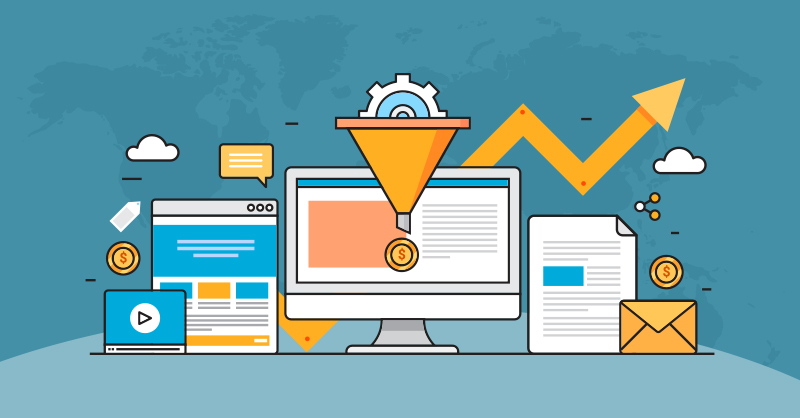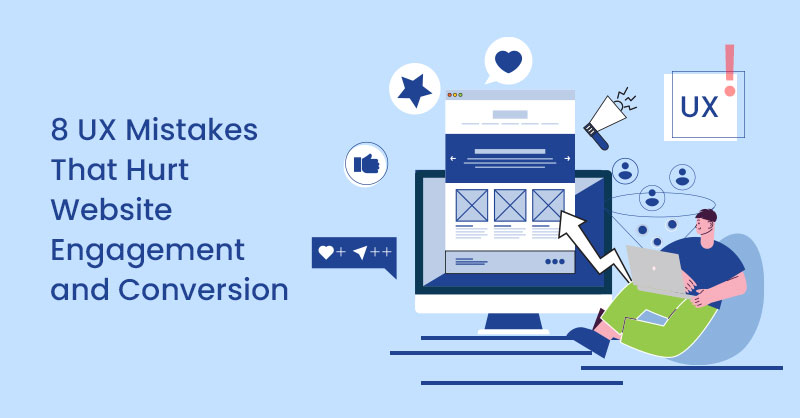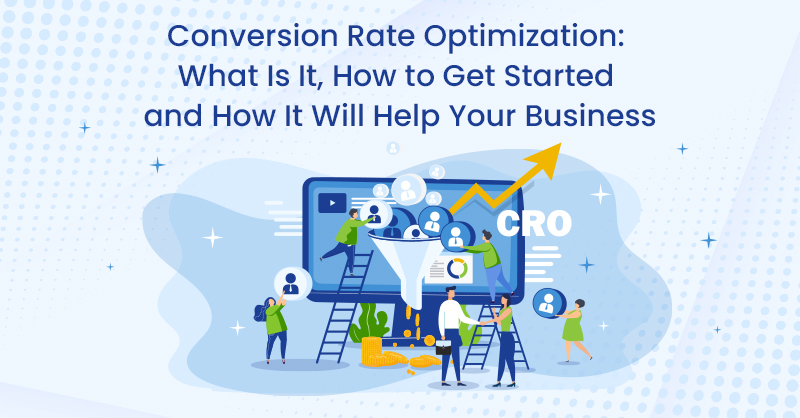As a marketer, nothing is more painful than seeing low numbers on a metric, usually conversion rates. A marketing campaign consumes a good amount of capital along with a lot of time and effort. It requires you to create the perfect target user personas, figure out the best platform to run the campaign on and build a highly intuitive web page to support your ad campaign, among others. Still, results can be difficult to get. Here is where understanding the nuances of behavioral science can help you.
What is Behavioral Science?
This branch of science primarily deals with human action and seeks to generalize human behavior in a society. Any transformation of the generalized human behavior falls under the scope of behavior change - a field in which Dr. B.J. Fogg has been a leading scientist.
In this article, we will examine the research of Dr. B.J. Fogg, in which he details the different elements that influence behavioral change.
Fogg’s Behavior Model
This model provides a framework for marketers & designers to understand the factors governing human behavior and the ways to influence it using technology.
The Fogg Model proposes three elements that must converge for any user to behave in a desired fashion. These three elements are motivation (M), ability (A), and prompt (P) - it follows that behavior (B) is a function of them.
For example, if given an appropriate trigger, a user with a high enough motivation would be willing to do something that is difficult, i.e. a task at which their ability is low.

What the chart does not show is the fact that it is much more effective to increase the ability of a motivated user than to boost the motivation of a user with high ability. However, ironically, Fogg found that this is where marketers put in most of their money, leading to low returns. Thus, to get more out of a dollar spent, Fogg suggests that marketers should rather focus on the other two elements.
Before diving into the details of this rather simplistic idea, let us first spend some time understanding the three elements in detail:
1. Motivation
3 core motivators are defined as being central to all human experience, which are:
- Sensation: This can be either pain or pleasure.
- Anticipation: This can be in the form of hope or fear.
- Belonging: This can be a feeling of social acceptance or rejection.
And with the right messaging, you, as a marketer, can tap into one of these core motivators to drive the maximum value of a dollar spent.
2. Ability
The model highlights that people should have the ability to do a task in a simple fashion, as it assumes that humans are inherently lazy. Humans attribute a certain amount of effort to each task and weight it against the benefit attached.
This effort may be in the form of time taken to complete a task, money needed to be spent, physical effort required to be put in, though users have to give to complete the task, the extent to which the task fits the users’ social fabric or the effort put in to do non-routine tasks.
3. Prompt
Per the model, the final part required to get the requisite behavior from a motivated and capable user is a trigger or a prompt.
Depending upon where the task lies on the chart for a particular user, a prompt can be required in the form of a spark (to increase motivation of capable users), a facilitator (to increase the ability of an already motivated user) or a signal (to push users with a high degree of ability and motivation).
What This Means to You, The Marketer
As discussed, marketers erroneously focus more energy on influencing motivation; the tougher parameter to influence than Ability or Prompt. This results in reduced RoI - basically the efficiency of a dollar spent.
The obvious solution to this problem, also suggested by Fogg, is to instead focus on nudging already motivated users. To do that, as a marketer, you first need to identify and access these users.
How to Access These Motivated Users?
Building personas of users is the easiest way to access them. We have broadly categorized such users into three groups:
- Users who have already interacted with your product
Users who have already engaged with your product are the easiest to interact with. These users are typically those who have (among others):
- Visited your website
- Sent an inquiry email to one of your reps
- Signed up for your newsletter
- Engaged with a content piece written by your team
- Downloaded a whitepaper
Action: Effective tracking and re-targeting of such users by presenting them with the appropriate prompt at the right time.
- Users who have interacted with your competitor's product
Your competitors, whether direct or indirect, spend a lot of resources marketing their products/services. Use your competitor's hard work! Use all information available on primary or secondary resources to identify the clients your competitors are interacting with. This data can be gathered through:
- Their social media accounts
- The accounts of their employees
- Tools such as Ahrefs
Action: Pitch your services by offering to solve the problem that your competitor cannot in a subtle yet effective manner.
- Users who use products/ services that directly impact your business
Products/services that aren’t part of your business but directly impact it can be a great source for your users. For example, a car service dealership would find great value in targeting customers who have bought a car in the past 6-months to 1-year time frame. These users would have the right motivation already and with just the right prompt, the likelihood of them engaging with you would increase drastically.
Action: Target high-potential leads with a campaign that has a very focused purchase path, and avoids barriers.
Conclusion
Every dollar or minute spent on a marketing campaign is done keeping one goal in mind - conversion. Thus, as a marketer, it is necessary that it is spent in an optimal manner to drive maximum returns. Targeting already motivated users is one such way and other users should only be targeted once this mode is fully exploited for your business.





